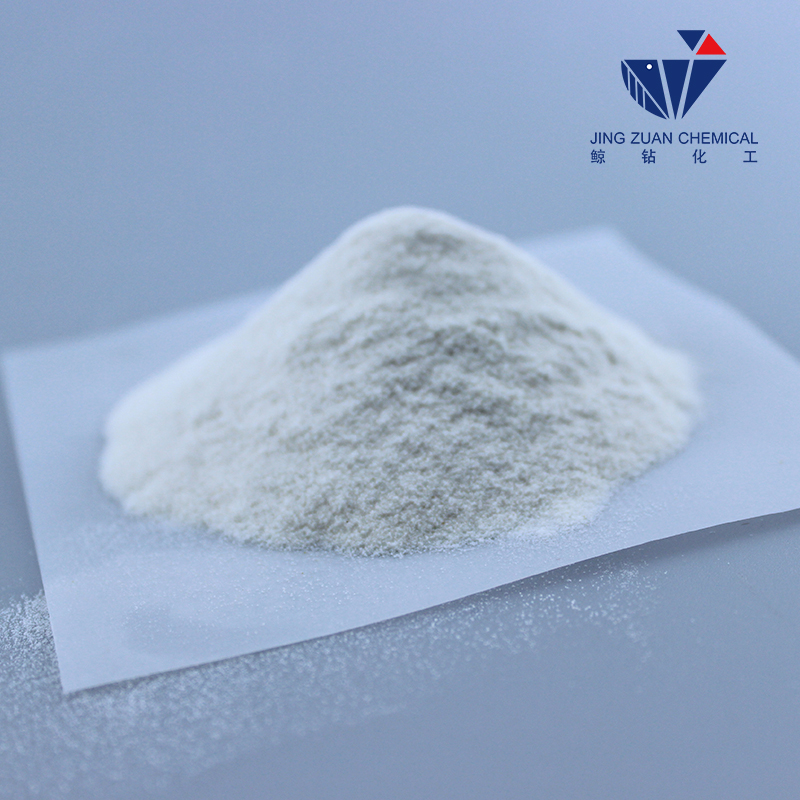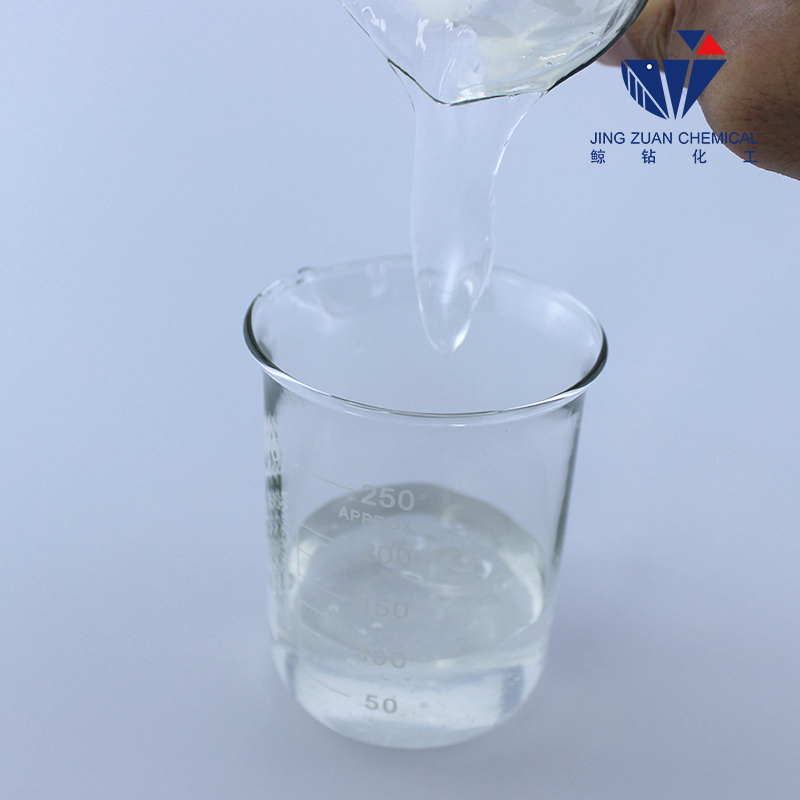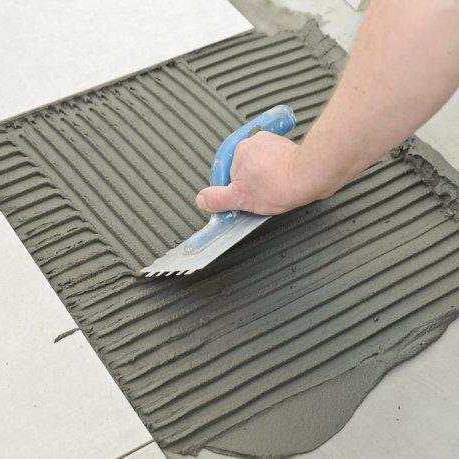
Oct . 20, 2025 13:00 Back to list
Cellulose Ether: High Viscosity & Stability, Fast-Dissolve
HPMC (Hydroxypropyl Methyl Cellulose): field notes, specs, and what really matters on site
If you’ve spent time around tile setters and dry-mix formulators, you’ve heard folks talk about cellulose ether—often simply “HPMC.” To be honest, I was skeptical years ago until I watched a crew switch grades mid-project and their sag issues just… stopped. That got my attention.

What it is and why builders care
HPMC is a non-ionic cellulose ether derived from natural cellulose, modified with methoxy and hydroxypropyl groups to control water retention, open time, and workability. Chemical name: Hydroxypropyl Methyl Cellulose; formula C36H70O19. The product described here is manufactured in NO.1 BUILDING, TECHNOLOGY CERTER, HIGH-TECH ZONE, SHIJIAZHUANG CITY, HEBEI PROVINCE, CHINA. In construction mixes (tile adhesives, skim coats, EIFS, gypsum plasters), it’s the quiet additive that makes the trowel feel right and keeps the mortar alive longer. In paints and personal care, it’s a reliable thickener with clean rheology.
Core specifications (HPMC)
| Property | Typical value or range | Method / note |
|---|---|---|
| Viscosity | ≈400–200,000 mPa·s | 2% aq., Brookfield RV, 20°C; real‑world use may vary |
| Moisture | ≤5% | Loss on drying (USP/Ph. Eur.) |
| Residue (Ash) | ≤5% | Residue on ignition |
| Gel temperature | 62–70°C | Water, ramp heating |
| pH | ≈5.0–8.5 | 1% solution |

Manufacturing snapshot and QC
Process basics (simplified): alkalization of purified cellulose → etherification with methyl chloride and propylene oxide → neutralization → multiple washing cycles → drying → milling (80–120 mesh typical) → blending and packaging. QC checkpoints include viscosity profiling (Brookfield), moisture/ash, sieve residue (ASTM E11), and solution appearance. Shelf life: around 24 months in dry, cool storage, sealed. Testing in cement mortars often uses EN 12004-1 (tile adhesives) with EN/ASTM flow and slip tests.
Where it’s used—and why it works
- Tile adhesives: better open time, anti-slip, creamy trowel feel. Many customers say mixing is “forgiving.”
- Skim coats/EIFS: water retention ≥95% helps curing and reduces cracking.
- Gypsum plasters: workability and sag resistance with fast initial grab.
- Paints & personal care: stable thickening, low odor, good film clarity.
Quick case note: a contractor in humid Southeast Asia swapped to a mid-viscosity cellulose ether grade; lab data showed open time gain of ≈15–20 minutes and slip reduction to

Vendor snapshot and comparison
| Vendor | Viscosity stability | Lead time | Certifications | Notes |
|---|---|---|---|---|
| JZ Chemical HPMC (Shijiazhuang) | ±5% target (typical) | ≈7–12 days | ISO 9001 (request copy) | Construction-focused grades; custom blends |
| Global Competitor A | ±5–7% | 3–4 weeks | ISO 9001/14001 | Broad portfolio, higher price band |
| Regional Competitor B | ±10% (reported) | ≈2 weeks | ISO 9001 | Limited surface-treated options |
Reality check: always validate with your own mortar design—sand gradation, cement type, and redispersible polymer will change how any cellulose ether behaves.
Customization and testing
- Grades: from ≈400 to 200,000 mPa·s; surface-treated or non-treated for easier dispersion.
- Particle size: common 80–120 mesh; tighter sieving available.
- QC methods: Brookfield viscosity, LOD moisture, residue on ignition, pH, sieve residue, mortar flow (ASTM C1437), slip/open time (EN 12004-1).

Final thought: specs matter, sure, but so does feel. Mix a pilot batch and see whether this cellulose ether grade gives your crew that “smooth pull” off the hawk. When it does, you’ll know.
References
- U.S. Pharmacopeia–National Formulary (USP–NF): Hypromellose Monograph.
- European Pharmacopoeia (Ph. Eur.): Hypromellose Monograph.
- EN 12004-1:2017. Adhesives for tiles—Requirements, classification and designation.
- ASTM C1437. Standard Test Method for Flow of Hydraulic Cement Mortar.
-
Cellulose Ether | High Purity, Fast Hydration, Stable Flow
NewsNov.17,2025
-
Cellosize HEC Thickener – High Purity, Fast-Dissolving
NewsNov.17,2025
-
Cellulose Ether: High-Purity Liquid Thickener, HEC Cellulose
NewsNov.17,2025
-
VAE Powder (RDP): High Adhesion & Flexibility for Mortars
NewsNov.17,2025
-
Cellulose Ether: High Purity, Fast-Dissolving, Stable Flow
NewsNov.17,2025
-
Cellosize HEC Thickener – High Purity, Fast-Dissolving
NewsNov.11,2025







